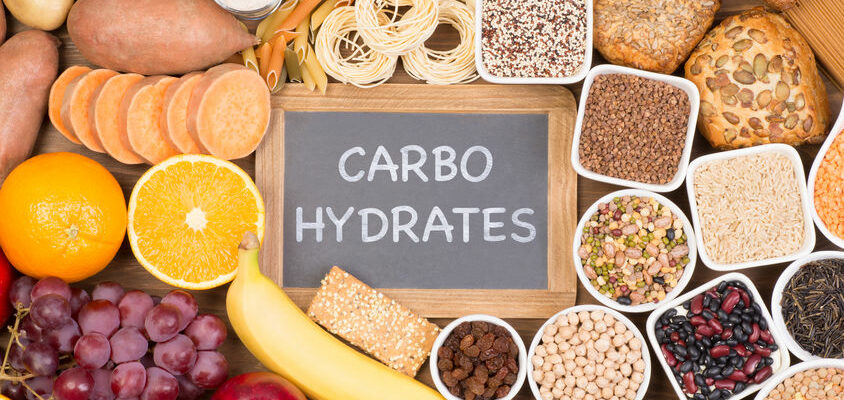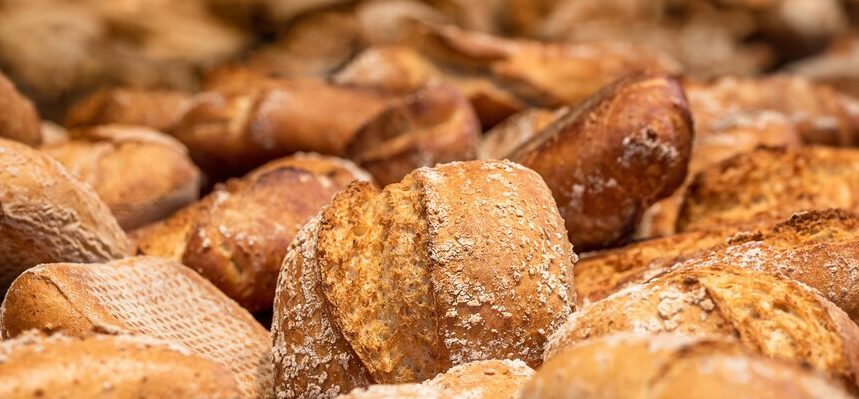
The ketogenic diet has become increasingly popular recently, particularly in the health and wellness community. Surveys and studies have shown that it is one of the most searched-for diets on the internet and is a hot topic on social media. In addition, many celebrities and influencers have endorsed the diet, further increasing its popularity. Despite its growing popularity, health professionals still debate about its long-term safety and effectiveness. Of course, as with any new trend, more study is necessary to understand the impact of a keto-friendly diet.
Health and the Keto Diet
Some health benefits¹ associated with the ketogenic diet are:
- Weight loss: Minimizing the amounts of carbohydrates consumed and boosting fat consumption, the body enters a metabolic state called ketosis, which can lead to weight loss.
- Improved insulin sensitivity: Since this diet encourages people to eat fewer carbs, it can also help improve insulin sensitivity and help control blood sugar levels.
- Increased energy and mental clarity: Some people report increased energy and mental clarity while following the keto diet, likely due to the increased availability of ketones as a fuel source.
- Better control of epilepsy: The keto diet has been used for many years to help control seizures in people with epilepsy.
However, it’s important to note that while the keto diet can provide short-term benefits, its long-term effects on health are not yet well understood. Also, it’s essential to consult with a doctor or registered dietitian before starting the diet, especially if you have any underlying health conditions.
What Makes Baked Goods Keto-friendly?
A baked good is considered keto-friendly if it is low in carbohydrates and high in healthy fats while being free of or low in added sugars². Therefore, keto-friendly baked goods often use alternative ingredients³ such as almond flour, coconut flour, and sweeteners like stevia or erythritol instead of traditional wheat flour and sugar. Also, these ingredients are important to be able to achieve low net carbs. In simple terms, net carbs⁴ are are the carbohydrates that can be completely digested and turned into glucose by the body.
When it comes to baking, net carbs can be calculated by subtracting the fiber and part of the sugar alcohols from the amount of total carbohydrates in a baked good. This is because sugar can only be partially digested. For example, if a baked good has 20g of carbohydrates, but has 10g of fiber, then you would subtract the fiber and be left with 10g. Additionally, if this same baked good had 10g of sugar, you would subtract an additional 5g and be left with 5g net carbs. However, in the case of erythritol, a sugar substitute that cannot be digested into glucose, you would subtract the full sugar amount.
Common Ingredients in Keto Baking
Some common keto-friendly baked goods include:
- Almond flour or coconut flour-based breads, cakes, and muffins
- Fat bombs such as chocolate truffles or peanut butter cups made with low-carb sweeteners and healthy fats like coconut oil or butter
- Keto-friendly cookies made with almond flour, coconut flour, and low-carb sweeteners
- Cheese-based baked goods such as cheese crackers and pizza
- Flourless chocolate cakes made with almond flour or coconut flour and sweetened with low-carb sweeteners.
- Donuts made with almond flour or coconut flour and sweetened with low-carb sweeteners.
It’s important to note that while these baked goods are considered keto-friendly, they are best in moderation alongside a balanced diet.
How Easy Is It to Bake Keto-Friendly?
Baking keto-friendly food at home can be challenging because it requires alternative ingredients such as almond flour, coconut flour, and low-carb sweeteners, which can behave differently than traditional wheat flour and sugar. However, with some practice and experimentation, it is possible to bake delicious keto-friendly baked goods at home.
These days, there are many recipe blogs and cookbooks that can provide guidance and inspiration for keto baking. Some people find that it takes a bit of time and effort to get used to the new ingredients, but with persistence, they can create delicious baked goods that fit within the constraints of this diet.
It’s important to remember that while keto-friendly baked goods can be a helpful and satisfying addition to this diet, it’s still important to focus on eating whole, unprocessed foods as the foundation of your diet for optimal health.
References:
- “Keto Diet: Benefits and Nutrients.” Medical News Today, MediLexicon International, 7 Jan. 2020, www.medicalnewstoday.com/articles/319196.
- “Keto Baking.” BAKERpedia, BAKERpedia, 8 Feb. 2022, bakerpedia.com/processes/keto-baking/.
- “A Guide to Keto Baking.” King Arthur Baking, King Arthur Baking, 30 Dec. 2020, www.kingarthurbaking.com/blog/2020/12/30/a-guide-to-keto-baking.
- Fletcher, Jenna. “How to Calculate Net Carbs, and What They Mean.” Medical News Today, MediLexicon International, 26 Sept. 2019, www.medicalnewstoday.com/articles/326457.
Ashuni Pérez is a writer in the culinary, as well as health and wellness industries. With a background in teaching and digital media, she loves to learn and help others discover more about their food, where it comes from, and how best to prepare it. A foodie through and through, she is always searching for new recipes and the freshest ingredients.











Leave A Comment